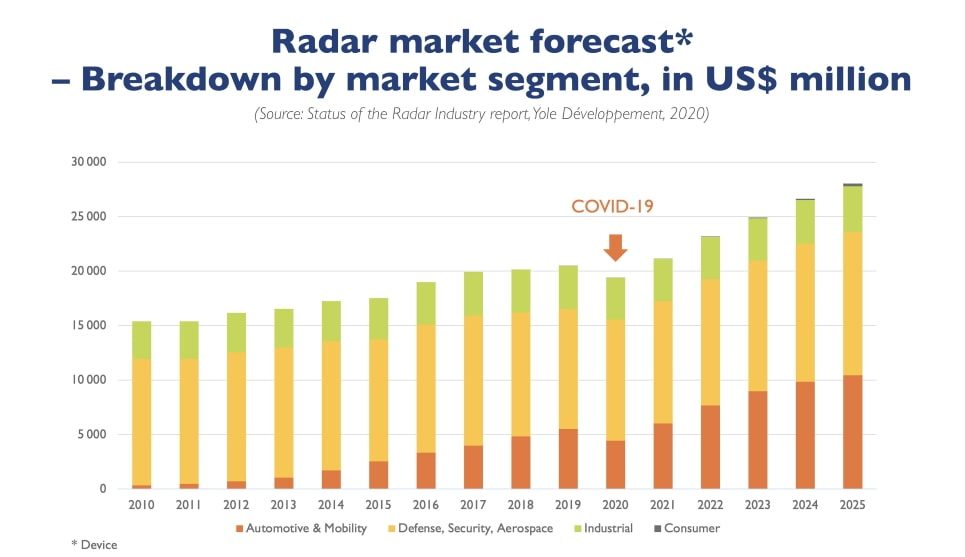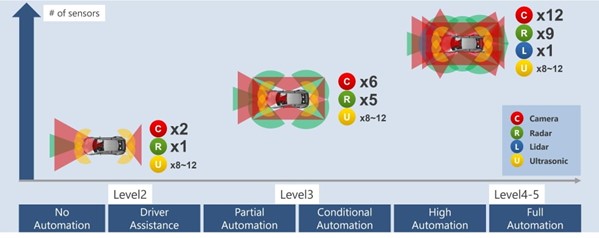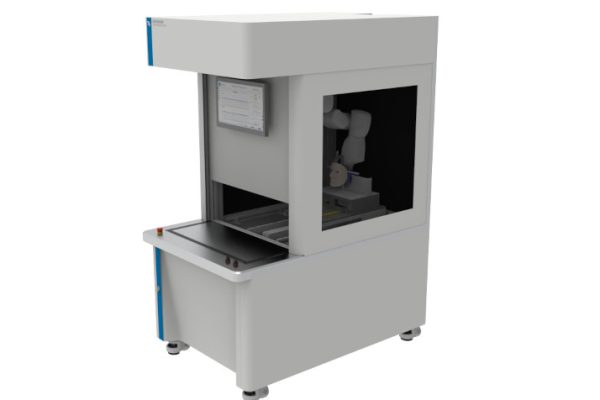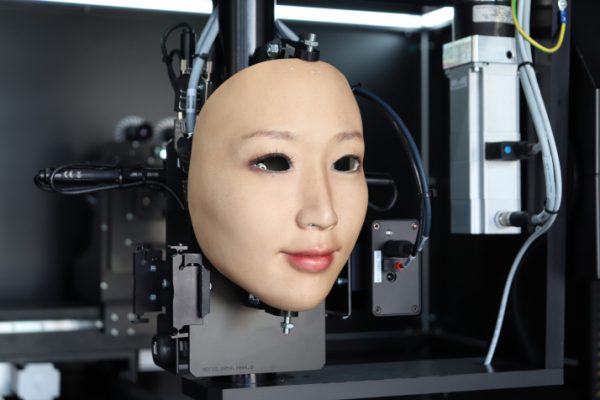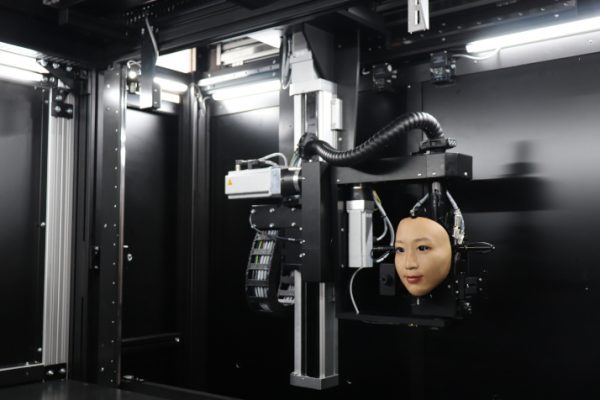The Road to Safety
As the automotive industry rapidly evolves, advanced technologies continue to reshape the landscape of modern vehicles.
Among the most significant innovations are automotive radar systems and Advanced Driver Assistance Systems (ADAS). These solutions play a crucial role in enhancing safety, improving driving experiences, and paving the way for autonomous driving.
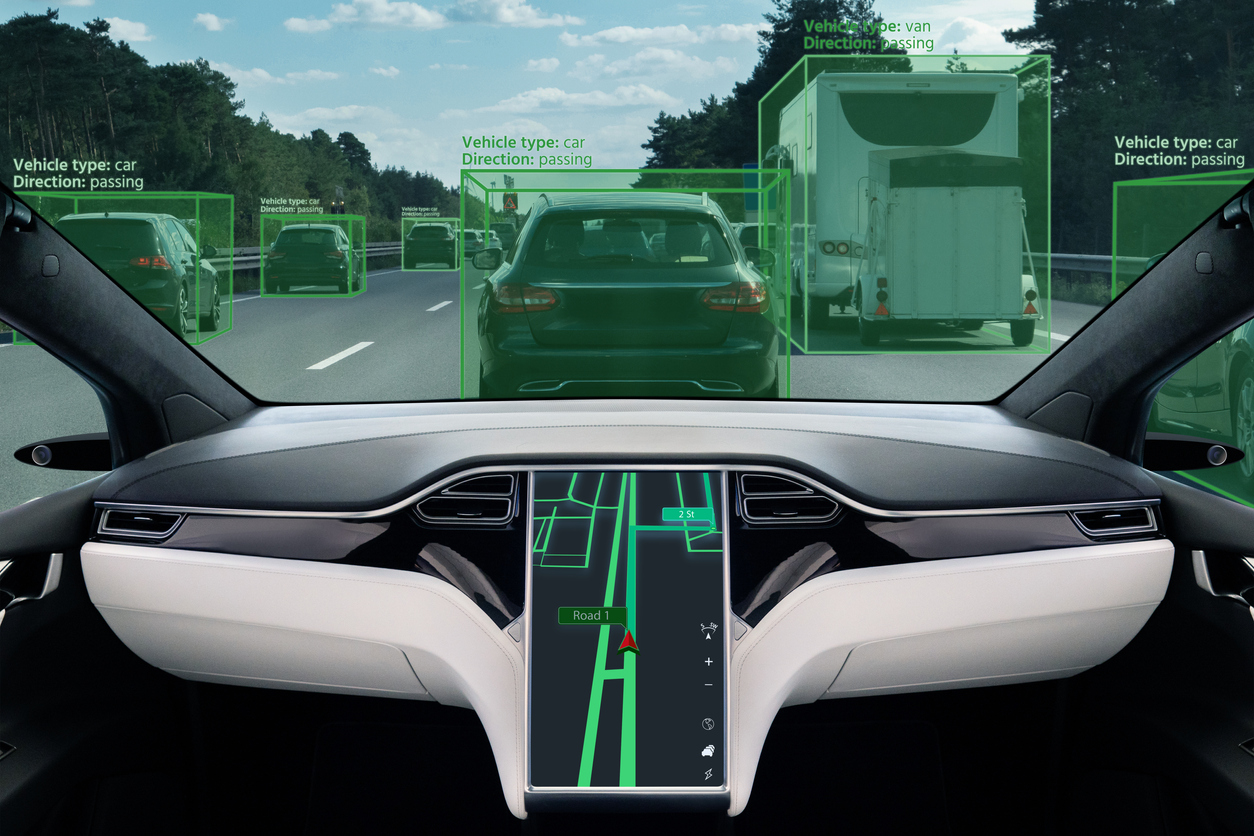
Key Takeaways
- Automotive radars are sensors that track objects in a vehicle’s vicinity, interacting with the surrounding environment and detecting potential hazards.
- Automotive radars and ADAS systems play a crucial role in enhancing vehicle safety and are essential for the development of autonomous driving.
- The integration of advanced safety standards and comfort features in new vehicles has driven significant growth in the radar market.
- Testing and validation of automotive radars and ADAS systems during the production line are crucial to ensure safety compliance, reliability, and customer satisfaction.
- Controlar’s Production-Ready Automotive Radar Test System (PARTS) offers a high-resolution testing and validation OTA (Over-the-Air) solution for automotive radars.
- TS-DMS is a test system designed by Controlar for testing camera-based ADAS’ Active Driver Monitoring Systems.
The Basics of Automotive Radars
Automotive radars are sophisticated sensors that utilize radio waves to detect and track objects in the vehicle’s vicinity, allowing vehicles to interact with and gain awareness of the surrounding environment, and detecting possible sources of danger.
Radar is particularly well-suited for automotive applications due to the reflective properties of vehicles, making them effective targets for detecting electromagnetic waves. These radar systems work on the principle of the Doppler effect, which measures the frequency shift of the radio waves reflected by objects in motion. By analyzing the frequency shift, radars can accurately determine the range, velocity, and angle of detected objects.
Key Components and Functionality

- Transmitter and Receiver: Automotive radars consist of a transmitter that emits radio waves and a receiver that captures the reflected waves. The time it takes for the signal to travel and return provides crucial information about the distance to the detected objects.

- Antenna: The antenna plays a pivotal role in transmitting and receiving radar signals. Various antenna configurations, such as planar and phased array, enable radar systems to achieve different coverage patterns and enhance accuracy.

- Signal Processing: Once the radar system receives the reflected signals, advanced signal processing algorithms extract valuable information, including object detection, range, speed, and angle. This processed data is then utilized by ADAS systems to make informed decisions.
Safety Standards for Autonomous Vehicles
Different automotive sensors play a critical role in advancing towards levels 4 and 5 of autonomous driving. Using advanced sensor technologies, accidents can be prevented by implementing warning signals and automated safety functions, aligning with the Vision Zero objective of achieving zero deaths in traffic accidents by 2050.
In line with this objective, the European Parliament passed a law in 2019 that mandates the inclusion of safety features such as intelligent speed assistance, advanced emergency braking systems, and lane-keeping systems in all new vehicles. This requirement applies to new vehicle types from July 2022 and to all new vehicles from July 2024. Furthermore, the European New Car Assessment Programme (Euro NCAP) has incorporated Autonomous Emergency Braking (AEB) systems into their evaluations since 2020. This has compelled the automotive industry to intensify their efforts and incorporate new detection features in their vehicles.
Radar Market
The integration of advanced safety standards and comfort features in new vehicles has fueled significant growth in the radar market. According to Yole Développement (2020), the automotive sector is projected to surpass a value of US$10 billion in the radar market by 2025, experiencing the fastest growth among various industries, as indicated in Figure 1.
This surge in the automotive radar market is driven by the increasing demand for radar-based technologies to enhance vehicle safety, enable autonomous driving capabilities, and improve overall driving experiences.
Automotive Radar Sensor Applications
Automotive radar sensors have found significant applications in the body segment of vehicles, serving various purposes such as position sensing, motor control, comfort features, and human-machine interface (HMI) applications.
These radar sensors are categorized based on their range capabilities, including Short-Range Radar (SRR) – up to 50 meters –, Mid-Range Radar (MRR) – up to 100 meters –, and Long-Range Radar (LRR) – up to 250 meters –, each tailored to meet specific needs.
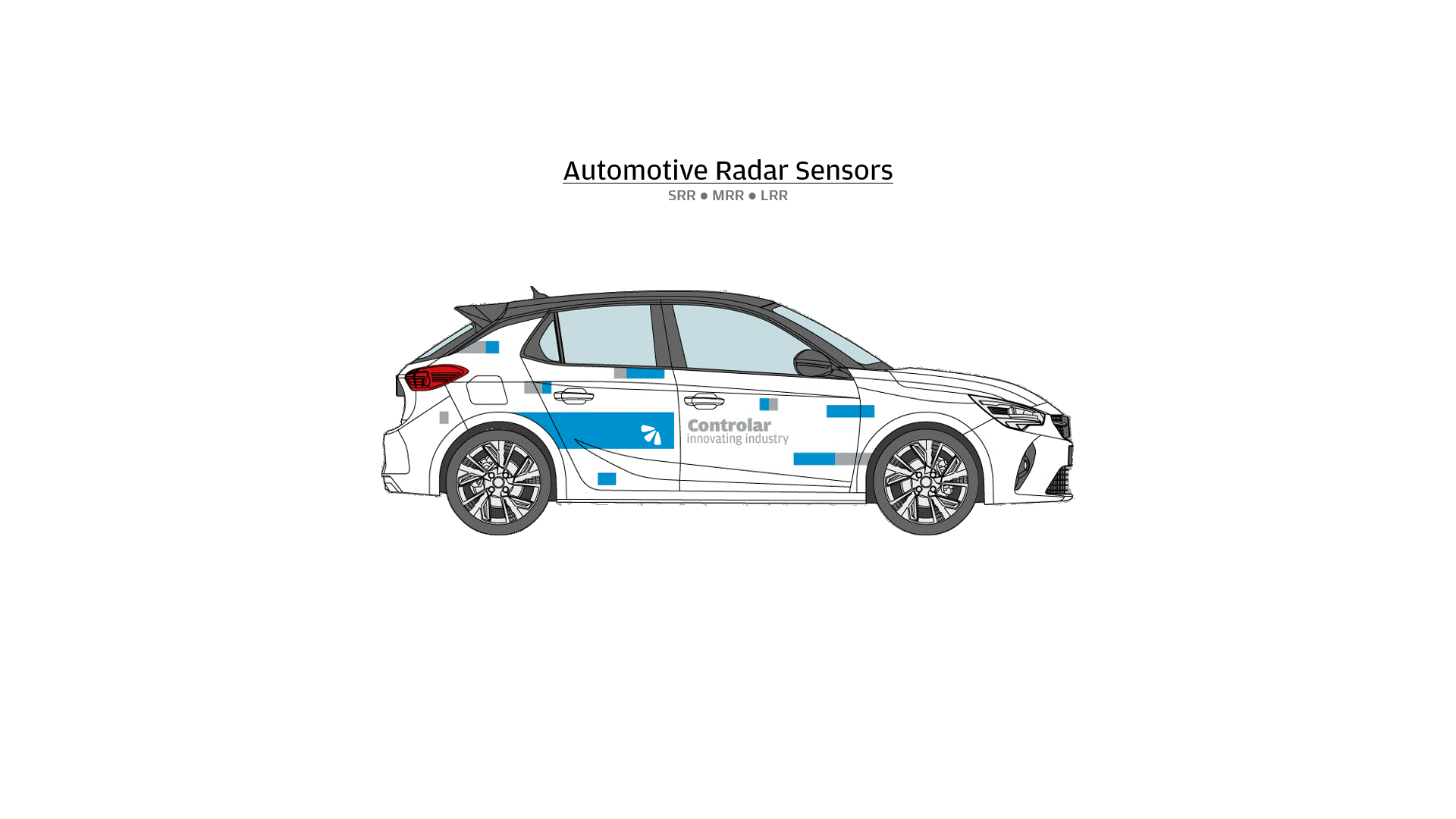
Short-Range Radar systems (up to 50 meters) are commonly employed in automotive applications that involve slow vehicle movement or obstacles located in close proximity, such as blind spot detection or lane change assist radar sensors.
In some cases, both short-range and mid-range radar sensors can be strategically placed on all four corners of a vehicle, creating a corner radar system. This configuration enables the detection of obstacles or pedestrians even before they become visible to the driver, facilitating the deployment of automatic emergency braking (AEB) systems. On the other hand, Long-Range Radar sensors are typically installed in the front section of vehicles, as they offer better detection capabilities for traffic changes occurring at greater distances ahead.
Utilizing radar sensors for collision warning and avoidance in automotive applications, particularly in automated driving scenarios, is of utmost importance. These sensors enable vehicles to react swiftly and reliably, effectively avoiding collisions with objects and pedestrians.
ADAS and Its Role in Automotive Safety
ADAS (Advanced Driver Assistance Systems) refers to a suite of technologies that assist drivers in various aspects of vehicle operation, primarily focused on safety. ADAS systems leverage the information provided by automotive radars, along with other sensors such as cameras and LiDARs, to enhance driver awareness, prevent collisions, and mitigate potential risks.
ADAS Features Enabled by Automotive Radars
- Adaptive Cruise Control (ACC)
- Collision Avoidance Systems
- Blind Spot Detection
- Cross-Traffic Alert
- Lane Change Assist
- Parking Aid
Using radar sensors, ACC automatically adjusts the vehicle’s speed to maintain a safe distance from the vehicle ahead, thereby reducing the driver’s workload and enhancing safety.
Automotive radars can detect potential collisions and provide warnings to the driver or autonomously trigger emergency braking to prevent accidents.
By monitoring the surrounding areas, radars assist in detecting vehicles in blind spots and issuing warnings when changing lanes becomes unsafe.
Radars enable the detection of approaching vehicles from the sides when reversing out of parking spaces or driveways, alerting the driver to potential hazards.
With the help of radars, ADAS systems can monitor adjacent lanes and warn the driver if there is a vehicle approaching from the blind spot during a lane change.
By utilizing radar sensors, ADAS systems can accurately detect nearby objects and obstacles while maneuvering in tight spaces. This allows drivers to have a better understanding of their surroundings, ensuring safer and more efficient parking experiences.
Alternative and Complementary Technologies to Achieve Autonomous Driving
To achieve full autonomous driving, a combination of different sensor technologies is required due to the pros and cons associated with each technology.
This integration, commonly known as sensor fusion, ensures a comprehensive perception of the surrounding environment, enhancing the reliability and safety of autonomous systems.
Pros & Cons of Sensor Technologies
OPTICAL IMAGING
• Large field of view
• High resolution
• Limited by weather and light conditions
• Requires high processing workload
ULTRASONIC
• Operates in all weather and light conditions
• Cost-effective
• Limited range
RADAR
• Less sensitive to weather conditions
• Long detection range
• Good resolution and position estimation
• Proven technology
• Complex angle measurement & target classification
• Not fully mature for fully autonomous driving
• Difficulty in detecting small objects
INFRARED
• Works well in low-light conditions
• Short detection range
LIDAR
• High accuracy, range, resolution, and position estimation
• Limited by weather conditions such as fog and snow
• Does not provide direct velocity information
Ensuring Safety Compliance & Reliability of Radars and ADAS systems
Given the significance of these systems towards the overall comfort and safety levels of vehicles, they need to be tested, by manufacturers, during the production line to ensure safety, reliability, compliance with regulations and customer satisfaction.
Additionally, the testing of automotive radar parts and ADAS systems helps manufacturers deliver high-quality vehicles with advanced safety features ultimately contributing to the overall improvements of road safety standards.
Radar Testing & Validation Made Easy
At Controlar, we stand at the forefront of developing advanced test systems and solutions to ensure the reliability and accuracy of automotive radar systems. With our expertise, we contribute to the seamless integration of radars and ADAS systems into the vehicles of the future, ultimately making roads safer for everyone.
PARTS – Production-Ready Automotive Radar Test System is a high-resolution test solution developed by Controlar for End of Line (EoL) OTA (Over-the-Air) test and validation of automotive radars.
It ensures automated pass/fail automotive radar validation for quality control and safety compliance. Based on a smart and modular concept, with a semi-automatic process and high-quality fixture for quick change over, this test solution allows easy and ergonomic operation and product positioning by the user.
ADAS Testing & Validation Made Easy
TS-DMS – Test Solution for Driver Monitoring Systems is a test system developed by Controlar that is specifically designed for testing camera-based ADAS’ Active Driver Monitoring Systems.
Working on the Near Infrared (NIR) wavelength, the TS-DMS uses normalized test charts to calibrate and test a variety of camera parameters, including intrinsic and extrinsic camera parameters, Field of View (FoV), Modulation Transfer Function (MTF) and Straylight.
By including a realistic head setup with accurate head and eye movement simulating the driver’s face and facial expressions, the TS-DMS can also track these movements to validate the parameters that check for driver’s attention / drowsiness.
Our Test Solution for Driver Monitoring System is a versatile test system that can be used in both laboratory and production line environments. The system is easy to use and can be configured to meet the specific needs of each customer.
Get in touch with Controlar to find out more.
